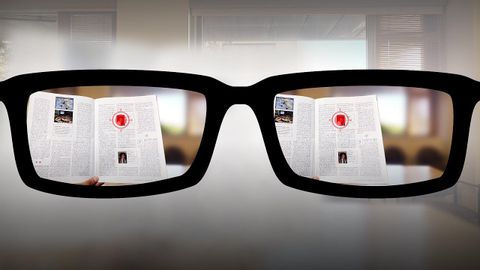Autofocusing reading glasses of the future | Nitish Padmanaban
林宜悉 が 2020 年 10 月 26 日 に投稿  この条件に一致する単語はありません
この条件に一致する単語はありませんUS /ɪˈkwɪvələnt/
・
UK /ɪˈkwɪvələnt/
- adj.同等の;同義の
- n.等価 : (効果 : 価値などが)同等のもの
US /ɪkˈspɪriəns/
・
UK /ɪk'spɪərɪəns/
- n. (c.)経験;経験;経験;体験
- n. (c./u.)経験;職務経験
- v.t./i.経験する
- n. (c./u.)共有地;(地域共同体が所有する)共有地
- adj.公共の;典型的;一般の;広まっている;下品な;普通名詞の
US /dɪˈskraɪb/
・
UK /dɪ'skraɪb/
エネルギーを使用
すべての単語を解除
発音・解説・フィルター機能を解除

